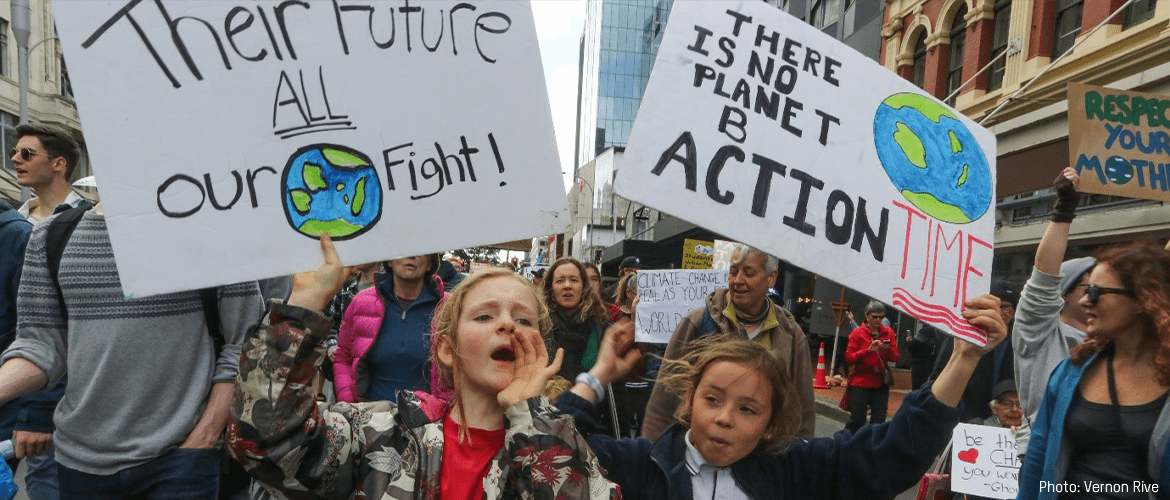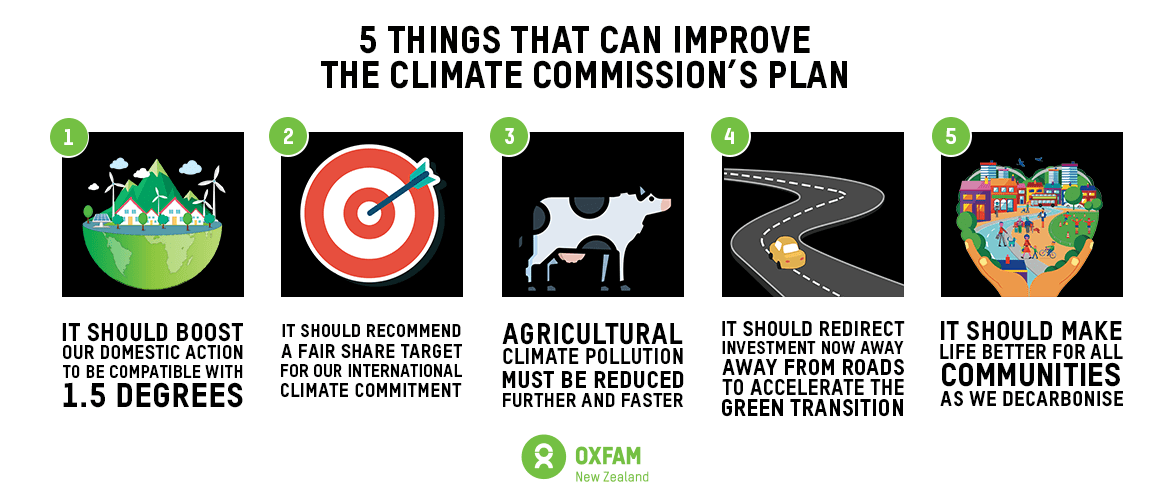The Faces of Hunger in Central America report, published today by the Consortium of Humanitarian Organizations that includes Acción contra el Hambre, COOPI, Trócaire, Oxfam, and We World-GVC, describes the food insecurity situation for the most vulnerable population in the Central American Dry Corridor as a result of recurring droughts, Covid-19, and the hurricane season.
This research reveals that drought events in 2018 and 2019 left 72% of the subsistence farmers facing moderate or severe food insecurity by August 2019. With the outbreak of the pandemic in 2020 and the impacts of Tropical Storms Amanda and Cristobal and Hurricanes Eta and Iota, hunger in the region has grown more severe. The report concludes that 86% of the households in the dry corridor are currently facing food insecurity.
“The impact of climate change in the form of droughts and heavy rains, combined with the pandemic, violence, and limited state capacity to deploy social protection systems, could leave 7 million people in extreme poverty. The number of people in Central America in food insecurity could grow by 120% by the year 2030 if we don’t act now” stated Gloria García Parra, the Oxfam Regional Humanitarian Coordinator for Latin America and the Caribbean.
Central America is responsible for only 0.5% of global greenhouse gas emissions, but the region is among the areas most affected by climate change. In addition to climate issues, the Dry Corridor faces other hazards including unemployment and violence, which can exacerbate hunger, especially for the most vulnerable households.
Violence and unemployment: Approximately 8,000 homicides were reported in 2020, and the countries of the region faced growing social discontent for problems such as corruption and limited access to quality public services. Approximately 8.3 million jobs were lost due to the pandemic in the region, and the outlook for 2021 is not encouraging, with projections of rising unemployment and extreme poverty rates reaching 22.8% in Nicaragua, 22.7% in Guatemala, 11.9% in El Salvador, and 22.2% in Honduras, according to the report.
Covid-19 and migration: The pandemic continues to wreak havoc. As of February 25, approximately 406,000 positive cases and 12,400 deaths had been reported. These figures do not consider the likely under-reporting in the region. Despite the rising infection rates, a significant number of people view emigration as an option to escape the constant state of crisis, and migrant caravans travelling to the United States have been an ongoing phenomenon.
Women and girls bear the brunt: The report describes that in addition to taking responsibility for care work, women and girls are the last to eat, prioritizing feeding men and boys to protect the household labor force. According to the report, 7 out of 10 households with severe food insecurity are single-parent families.
“The situation in the region can deteriorate if concrete actions are not taken in the short term. According to the World Food Program, 8 million people may go hungry in the Central American Dry Corridor in 2021”, concluded Gloria García Parra.







